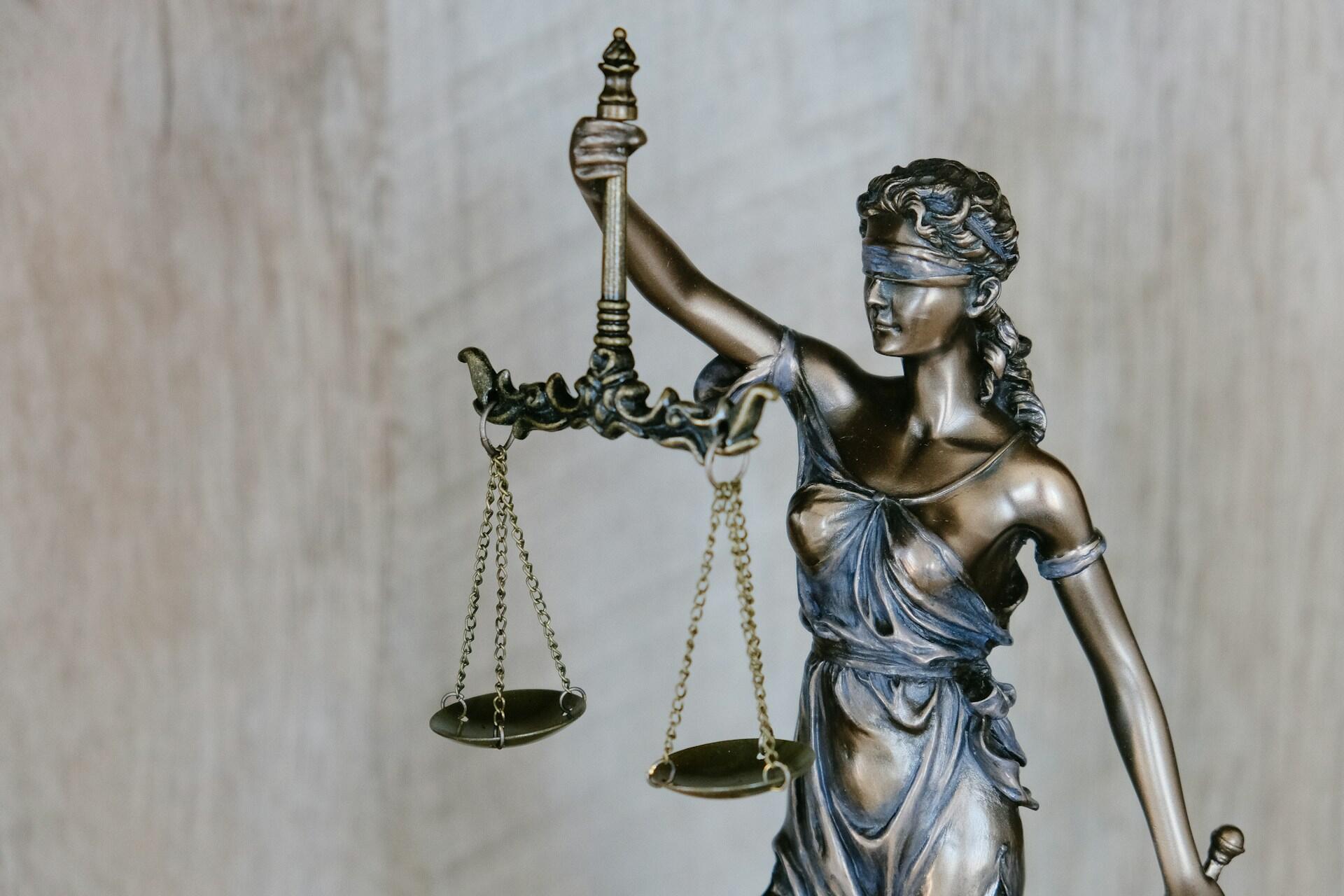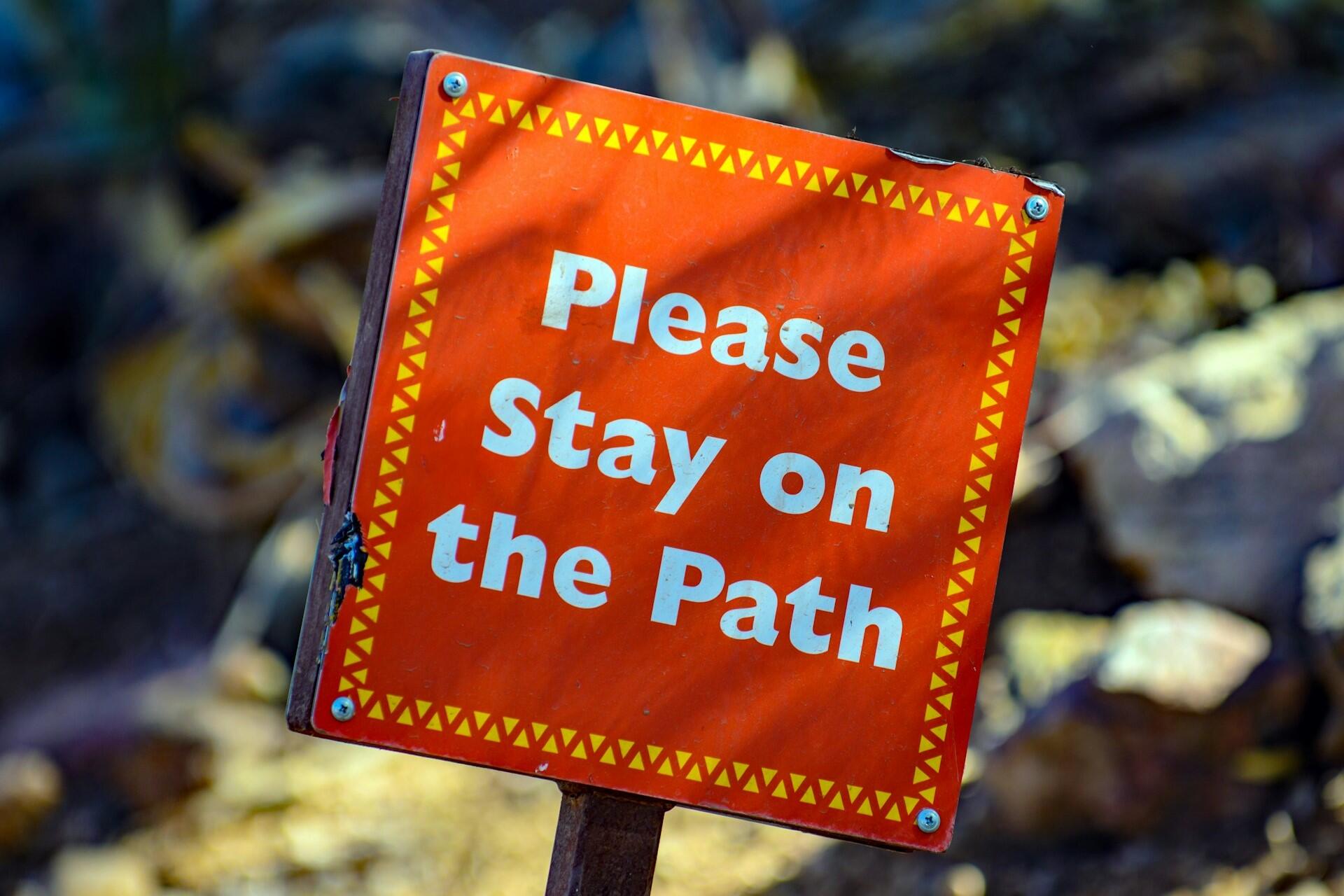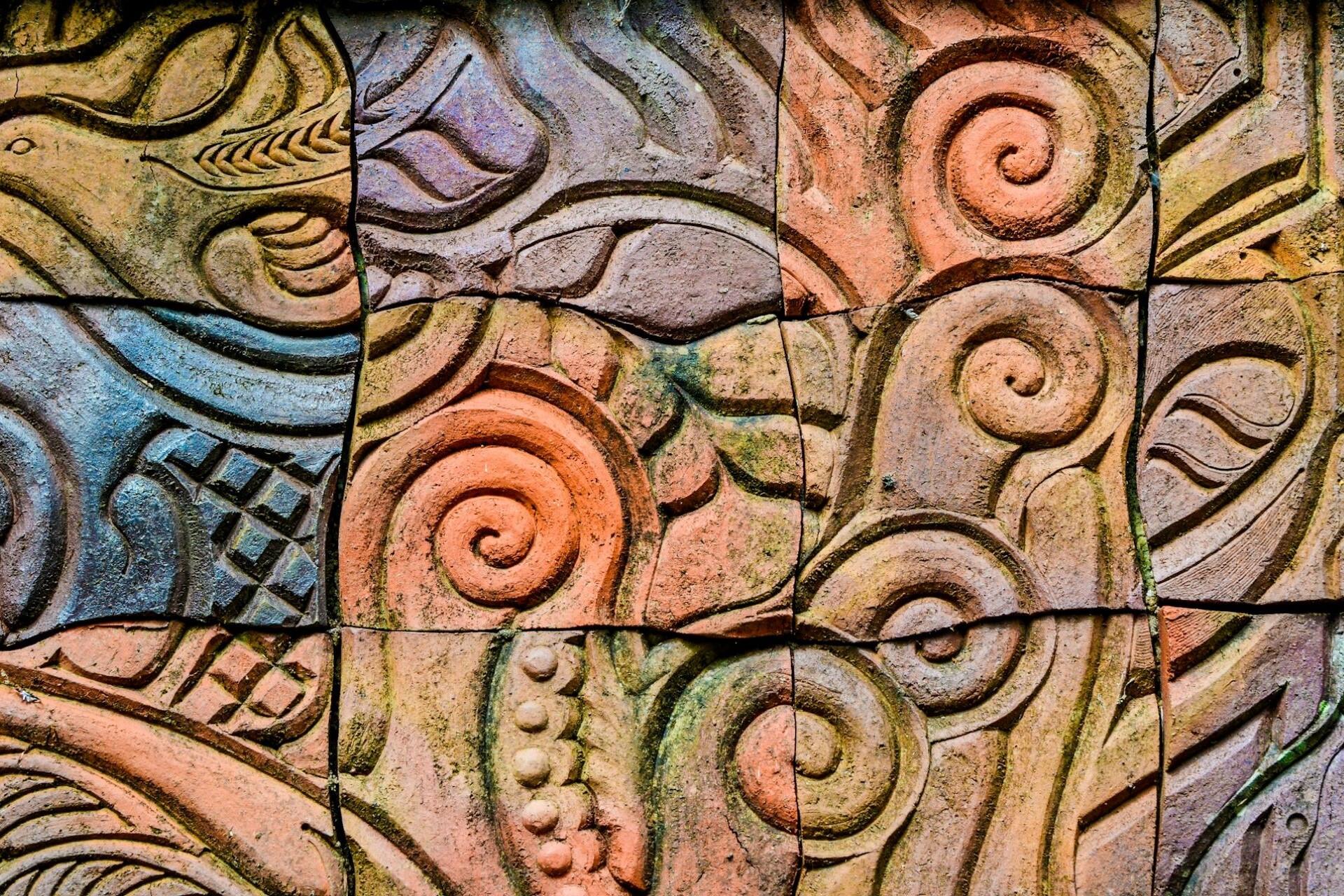Tikanga is a key Māori value. It represents values, principles, and customs of living and acting. It's rooted in Māori knowledge and tradition and shapes daily life, social interactions, and decision-making. Let's explore what it is.

What is Tikanga?
The word tikanga is from the te reo Māori word “tika”, which means correct or right. Basically, tikanga is doing what's right in accordance with Māori cultural beliefs.
Tikanga extends to cover whānau (family), hospitality (manaakitanga), conservation (kaitikitanga), and spiritual balance (tapu and noa).
It's more than a simple tradition, though. This Māori practice remains incredibly important in Aotearoa (New Zealand). It influences many things, including legal decisions, education, health practices, and overall community well-being.
It remains relevant and continues to shape modern New Zealand, with both Māori and non-Māori (including Pākehā) engaging in its practices.
Its importance is derived from its connection to mana, tapu, customary law, justice, land rights, and everyday Māori life.
However, you can't understand tikanga without being familiar with other core Māori cultural concepts.
Tikanga basically consists of the Māori value system that guides how people behave, interact, and make decisions. It's not just for matariki, either, every day is subject to tikanga.
These principles ensure that things are done at the right time, in the right place, and in the right way.
It's like a moral code based on Māori beliefs, but it also creates the framework for understanding other cultural concepts like whakapapa (ancestry), mana (spiritual authority), tapu (sacredness), and noa (balance).
Tikanga as a System of Law and Order
It's quite easy to confuse tikanga with a moral code or even simple manners, but it functioned as a legal system for Māori society for generations.

It was applied to issues like justice, land ownership, and even social responsibilities were maintained. It was upheld throughout all levels of Māori society, from iwi (tribes) and hapū (sub-tribes) to whānau (families), keeping balance and preventing wrongdoing.
Tikanga is even recognised in New Zealand's legal system, influencing court decisions, treaty claims, and land disputes.
Take the Treaty of Waitangi (Te Tiriti o Waitangi), which acknowledges Māori customs and traditional rights and reinforces the importance of Tikanga in modern law.
How Tikanga is Practiced Today
Today, tikanga is alive and well in Māori communities, ceremonies, workplaces and public life.
You can best experience it in:
- Whānau customs include welcoming guests with food and hospitality (manaakitanga).
- Protocols on the marae, including speaking order, greetings, and seating arrangements.
- Tapu (sacred) and noa (neutral) practices include removing shoes before entering a sacred place.
- Environmental tikanga, ensuring that land, rivers, and resources are respected and sustainably managed.
Tikanga is part of the Māori way of life, which bridges the past with the present and shapes Aotearoa's future (New Zealand).
When visiting a marae, following tikanga, such as waiting for the pōwhiri (formal welcome) before entering, sitting in the correct place during speeches, and removing shoes before stepping inside is important. These customs show respect for the mana of the marae and its people
The Importance of Tikanga in Māori Culture
As tikanga affects how people interact, respect traditions, and maintain social harmony, it's incredibly important.
It's more than just rules; it's a philosophy. So why does it matter?

Tikanga helps preserve cultural values and traditions through generations while strengthening Māori identity and reinforcing the connection to whakapapa (ancestry), Whenua (land), and te ao Māori (the Māori worldview).
It's particularly important because it:
- Maintains social order – Tikanga sets clear expectations for behaviour, respect, and responsibilities within whānau and communities.
- Protects sacred traditions – Practices like tapu (sacredness) and noa (neutrality) ensure that people, places, and objects are respected.
- Connects Māori to their land – Tikanga guides kaitiakitanga (guardianship of the land and environment), ensuring sustainability and balance.
- Influences modern law and governance – New Zealand's legal system recognises tikanga in certain court rulings, treaty claims, and land disputes.

Tikanga in Everyday Life
Tikanga is both part of formal and informal everyday life for Māori people. It can guide hospitality (manaakitanga) to food preparation.
Some of the customs derived from tikanga include:
- Removing shoes before entering a marae or home, respecting the spiritual balance of the space.
- Avoiding placing food on tables where books or important papers are, as food and knowledge belong in separate realms.
- Welcoming guests with a hongi (traditional Māori greeting), pressing noses to share breath and life force.
- Observing tikanga at tangihanga (funerals), ensuring proper respect is given to the deceased and their whānau.
How Tikanga Strengthens Māori Culture
Tikanga is a powerful part of modern Māori life since it can reinforce values, customs, beliefs, and even relationships.
Even though Māori interact with Western legal, economic, and social systems, tikanga allows them to maintain their identity, cultural resilience, and unity.
It extends to the traditional ceremonies and the decision-making that Māori communities have to navigate to ensure the culture is remembered while being lived and celebrated.
Many workplaces in Aotearoa incorporate tikanga principles, such as beginning meetings with a karakia (prayer) or allowing time for whakawhanaungatanga (relationship-building). These practices ensure that Māori cultural values are recognised and respected professionally.
Tikanga and its Connection to Mana and Tapu
Like many other Māori cultural practices, tikanga is interconnected with mana (spiritual authority, prestige) and tapu (sacredness), two of the most important concepts in Māori culture.
These notions shape how Māori people interact with one another, the environment, and the spiritual world. You can't fully understand tikanga without mana and tapu since they explain why certain customs and protocols are followed in everyday life, ceremonies, and important events.
Mana: Authority, Power, and Respect
Mana is the spiritual force that gives people, places, and objects their authority, respect, and prestige.
It can be inherited through whakapapa (ancestry) or earned through knowledge, achievements, and service to others. Tikanga is a way to protect and enhance one's mana.
Take these examples:
- A chief (rangatira) or leader must follow tikanga to maintain the mana of their iwi (tribe) or hapū (sub-tribe).
- A person’s mana can be diminished if they act disrespectfully or fail to follow tikanga in social or cultural settings.
- Showing hospitality (manaakitanga) and caring for guests properly enhances the host and visitor's mana.
Tapu: Sacredness and Spiritual Protection
Tapu is the notion that people, things, or places are sacred or restricted. It provides spiritual protection and ensures the respect of people and the environment.
Some tikanga that are derived from tapu include:
- Sacred places, such as urupā (burial grounds) or marae, must be entered with respect to maintain their spiritual integrity.
- People of high mana, such as tohunga (spiritual experts) or leaders, often carry tapu, requiring others to follow specific customs around them.
- Food (kai) and knowledge (mātauranga) must be kept separate, as food is noa (ordinary) and knowledge is considered sacred.
Balancing Mana and Tapu with Tikanga
In a sense, tikanga balances mana and tapu. You can see this in certain Māori customs:
- Following karakia (prayers) before meals or significant events to acknowledge spiritual protection.
- Observing rāhui (temporary restrictions on land or resources) to restore spiritual and environmental balance.
- Cleansing rituals, such as washing hands after visiting a burial site, to shift from a tapu state back to noa (neutrality).

Tikanga allow Māori people to respect the spiritual forces of mana and tapu and maintain balance within their communities, environment, and personal lives.
Common Tikanga Practices in Daily Life
The best way to really wrap your head around tikanga is by seeing examples. Here are some of the most common tikanga practices that you might experience.
Tikanga Around Food (Kai)
Like in many other cultures, food is special to Māori communities, too.
- Food and sacred objects must be kept separate – It is considered disrespectful to place kai near books, important papers, or hats, as these items belong to the realm of knowledge and tapu.
- Hand washing before and after meals – This custom helps remove tapu and transition back to a state of noa (neutrality).
- Offering food to visitors – This is a key aspect of manaakitanga (hospitality), showing care and respect.
Tikanga in Whānau and Social Gatherings
Social gatherings are places for families and communities to interact and respect, unity, and shared responsibility all fall under the remit of tikanga:
- Welcoming guests with a hongi – The traditional Māori greeting, where noses are pressed together, represents the sharing of breath and life force.
- Observing tikanga at tangihanga (funerals) – Funerals are among the most significant Māori ceremonies, requiring careful observance of tikanga, such as staying with the deceased until burial and following mourning protocols.
- Speaking respectfully in gatherings – When participating in discussions, especially on a marae, it is important to follow the correct speaking order and avoid interrupting elders or leaders.
Tikanga and the Natural World
With a deep connection to the natural world and kaitiakitanga, common practices include:
- Avoiding the unnecessary taking of resources – Māori traditionally take only what is needed and ensure that the environment is not overexploited.
- Observing rāhui (temporary bans) – If an area, such as a river or forest, is overused or affected by pollution, a rāhui may be placed to allow it to recover.
- Paying respect to whenua (land) and wai (water) – Many Māori customs involve acknowledging and thanking the land and water for their sustenance and spiritual significance.
In Māori tikanga, tables are associated with food (kai), which is noa (free from restriction). Sitting on a table is seen as disrespectful because it introduces tapu (sacredness) to an area meant for eating. This is why Māori households and communities strictly avoid this practice.















